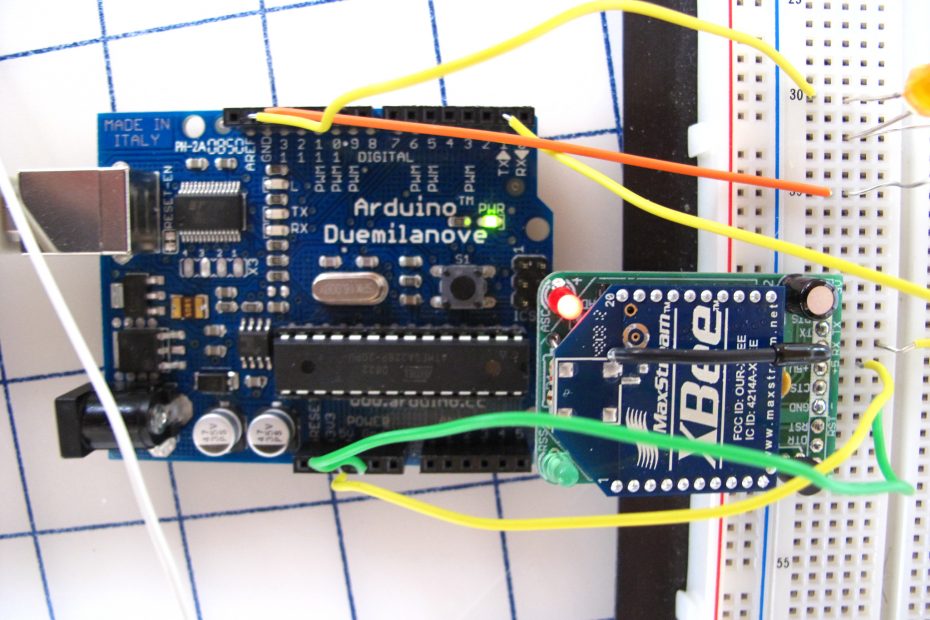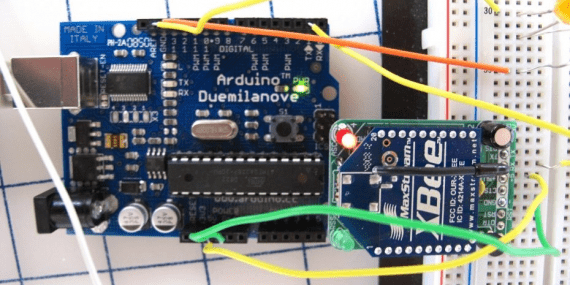Key considerations for IoT sensor devices: 5 – Industrial deployment readiness
Executive Summary:
- Hardware prototypes are far from deployment-ready
- IoT sensor productization is an often overlooked, complex, specialized task that drastically impacts time-to-market and cost
- “Hardware is hard” is not a cliché, especially for highly reliable industrial applications
Details:
As mentioned above, there is a significant challenge going from a well working application prototype to a product ready for real-life field deployments in terms of the required level of effort, specialized skillset, as well as development time and cost. What might work well in climate-controlled lab environment may behave erratically or unreliably under stressed environmental conditions where an industrial device is expected to operate reliably over the course of many years.
Oftentimes, productization aspect is an afterthought, despite being one of the most important factors deciding between a product’s success or failure. Without relevant experience to rely on, many customers fall into a trap of thinking that having their secret sauce firmware ported into an IC vendor’s evaluation board (EVM) is all it takes to create a product ready for deployment. What they don’t realize is that even though the EVMs they use often high quality and sometimes low cost, IC manufactures won’t sell them in any quantities larger than a few units to a single end customer and frequently have legal restrictions in fine print that these EVM’s are only for IC evaluation and product development, forbidden to be used as actual products. Another widely popular prototyping platform are Arduinos. While Arduinos have no legal restrictions as above, they are not reliable industrial grade products designed for industrial environments nor optimized for low power consumption. These solutions are great starting points on a long and arduous road to real industrial product development that may cost upwards of $100K and many months to finish-line. In particular, use of RF circuits, which are required for wireless communication, adds major productization complexity, schedule delays, as well as additional high development and regulatory compliance costs. There is a saying in the industry that “hardware is hard” – these are some of the reasons.

This is typically what prototyping looks like – far from production readiness

